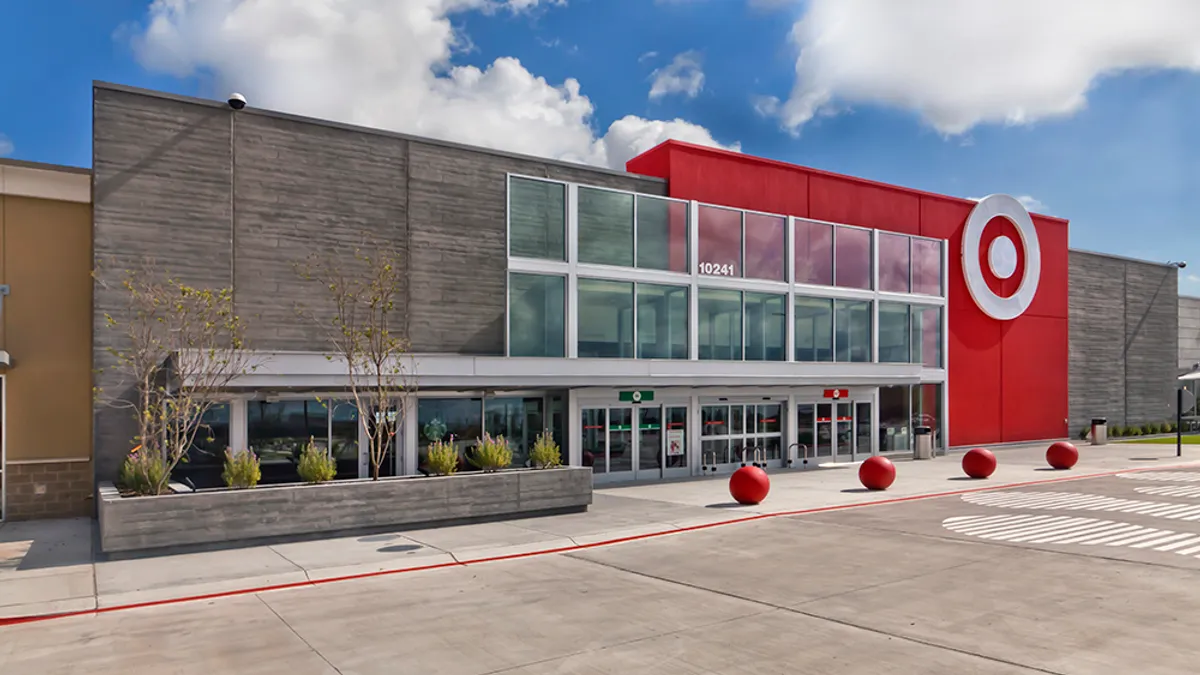Dive Brief:
-
As of July 5, Target will raise its starting hourly wage in the U.S. to $15. As the company noted in a blog post about the announcement, the boost is in line with goals outlined three years ago to bring its starting pay to that level.
-
Frontline store and distribution center hourly workers will also get a one-time $200 bonus to recognize their work during the pandemic, the company said. A Target spokesperson told Retail Dive in an email that a $2-per-hour temporary wage boost for those working during the pandemic, which was extended twice in recent months, will end July 4.
-
Starting this week, the retailer is providing employees with free access to virtual doctor visits through the end of the year, regardless of whether they're in the company health plan. Among other provisions, Target also extended paid leave for vulnerable employees, (those 65 or older, pregnant or with underlying conditions, per CDC guidelines) and will continue to waive its absenteeism policy, with paid leave options, for workers who have or have been exposed to the coronavirus.
Dive Insight:
Target said it will end up spending $1 billion more on its employees this year than last, but much of that will sunset as the pandemic eases.
This spending comes as the retailer, like many others, has taken steps to preserve cash by withholding dividends and temporarily cutting executive pay. Overall, retailers this year have announced 151,416 job cuts, 201.4% higher than the 50,243 during the same period last year, according to Challenger, Gray & Christmas.
Target, Walmart and many grocery stores have not had to resort to layoffs and furloughs because, as essential retailers, their stores have remained open, but that leaves their workers more readily exposed to the COVID-19 outbreak. Unsurprisingly, then, workers in retail and health care were the most likely to receive temporary pay increases or "hazard pay," according to a survey from WorldatWork reported by sister publication HR Dive.
Target has seen sales surge during the pandemic, but much of that is from lower-margin grocery items and higher-cost digital sales. The retailer recently said it will scale back its store investment plans in order to focus on the demand complexities brought on by the disease outbreak.












